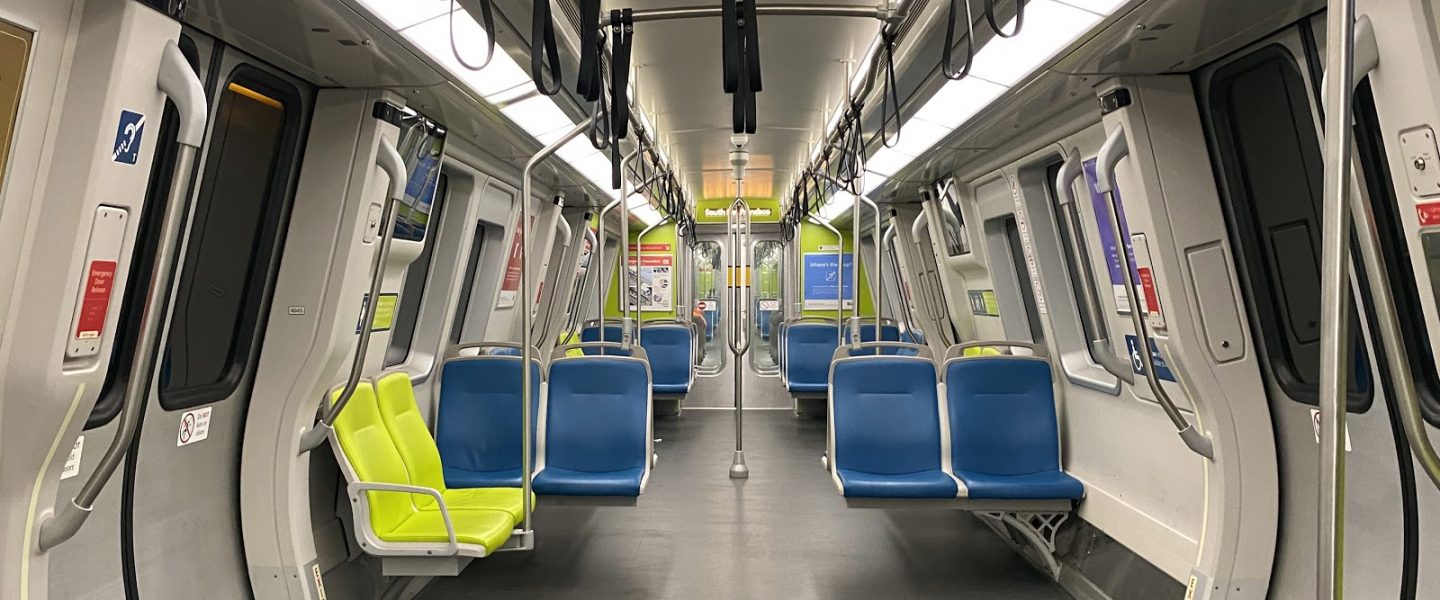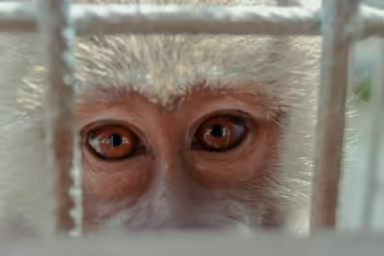After weathering a massive spike in daily COVID-19 cases, San Francisco infections and hospitalizations are decreasing while vaccination efforts push forward.
Flash back to February 2020. Before there was a single confirmed case of the coronavirus in San Francisco, Mayor London Breed implemented strict stay-at-home orders, at first garnering skepticism that morphed into praise for this early action as the pandemic continued to unfold.
In the year since, the Bay Area oscillated between periods of lockdown and partial reopenings, fighting to keep local businesses open and reduce a steep unemployment rate, which was above 10 percent for much of 2020, while also reducing the number of COVID-19 infections in the city.
As of March 21, the city’s Department of Public Health reported a total of 34,840 COVID-19 cases, or at least 1 in every 25 residents, since the start of the pandemic, with 451 reported deaths in that same time frame. Despite the immense number of cases in San Francisco alone, hope came in the form of a massive plunge in the seven-day average of COVID-19 infections, from 363 a day in January to 31 a day as of March 23.
The spike in infections, paired with the city’s gradual reopening strategy, has caused the “work from home” movement to flourish while rent prices fall drastically. According to a Bloomberg piece, San Francisco — which has the highest cost of living in the US — saw the median rent price for a studio apartment drop 35 percent between February of 2020 and 2021.
— Lauren Frazier
With a decrease in cases and the hospitalization rate for COVID-19 patients, San Francisco is reopening once again. In the “Purple Tier” (widespread infections) for most of February, the city is now in the “Orange Tier,” which allows for:
-
- Indoor business to operate at 50 percent capacity or 200 people (whichever is fewer).
- Places of worship to fill to 50 percent capacity.
- Gyms to function at 25 percent capacity.
- Movie theaters at 50 percent capacity or 100 people (whichever is fewer).
Despite facing increased demand and very limited supplies, San Francisco’s vaccination program continues to progress alongside reopening efforts. The city has fully vaccinated 27,703 people while 54,391 people have received at least one dose.
Currently, those eligible to be vaccinated include healthcare workers, residents over 65, those with health conditions that place them at a higher risk of infection, those without a home, and frontline workers. Vaccination sites in the city include City College’s main campus on Ocean Avenue, the Moscone Center, and the SF Produce Market in the Bayview. The vaccine will also be provided through select clinics, pharmacies, and neighborhood access sites.
Though pandemic life in the Bay Area continues to improve, there are still many low-income Californians and small businesses fighting the financial collapse caused by stay-at-home orders and a high unemployment rate. In response, Gov. Gavin Newsom (D) signed a legislative package on February 23 designating $9.6 billion in pandemic aid to those who need it most.
The stimulus package will send $600 checks to millions of Californians who earn $30,000 per year or less, $2.1 billion for small businesses struggling to make ends meet during the pandemic, and $400 million for state-funded child care programs, to name a few. The hope with this package is the same as other stimulus legislation created across the country: to support and give a moment of relief to those who continue to carry the financial burden of the pandemic on their own.
— Gabriel Newman



